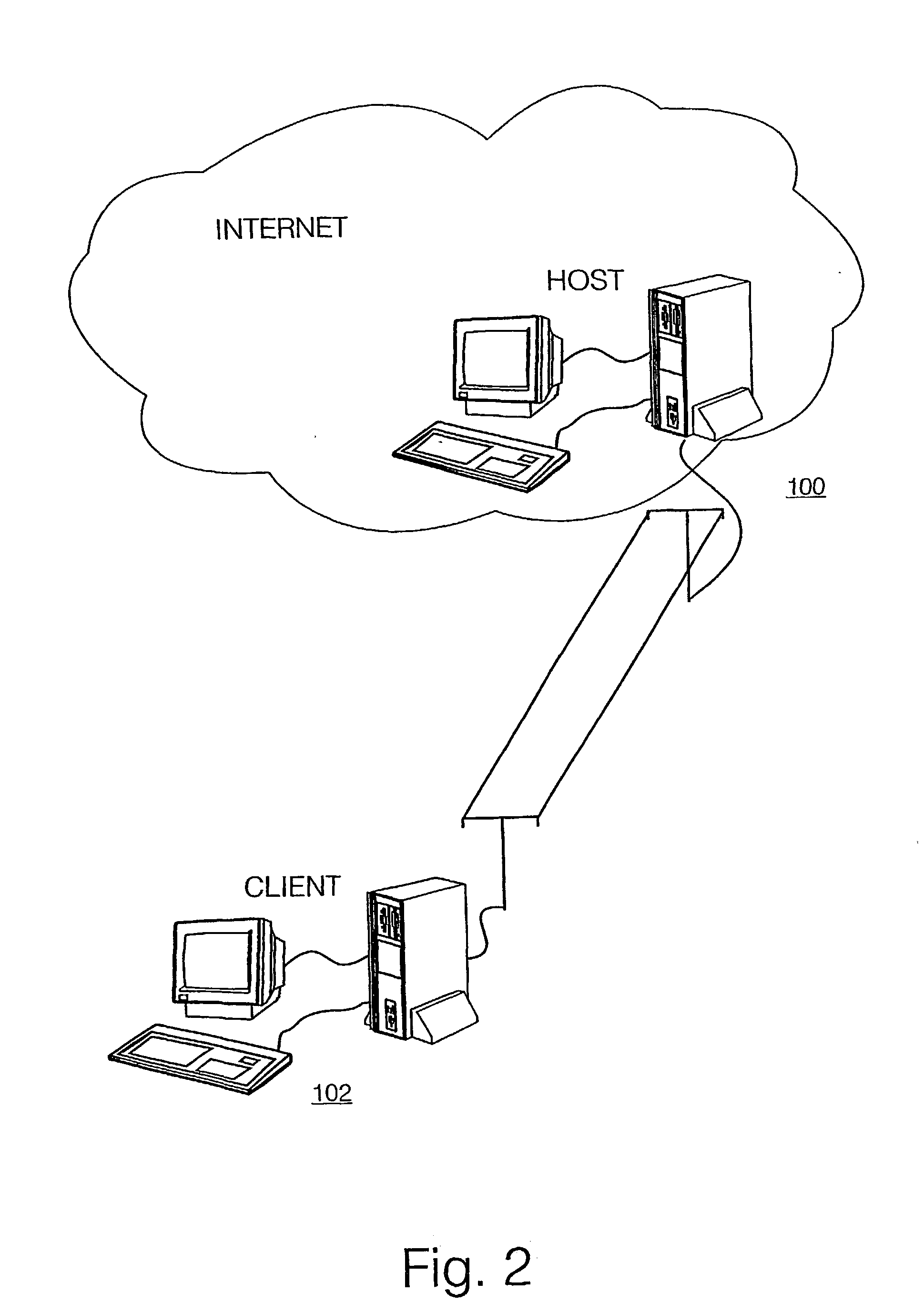Method and apparatus for internet transaction processing
a technology of internet transaction and processing method, applied in the field of electronic commerce system, can solve the problems of time delay in filing an application, further delay, trade mark users and trade mark owners, etc., and achieve the effect of quick and efficient application, minimal delay, and optimized response tim
- Summary
- Abstract
- Description
- Claims
- Application Information
AI Technical Summary
Benefits of technology
Problems solved by technology
Method used
Image
Examples
Embodiment Construction
[0043] There will now be described by way of example the best mode contemplated by the inventors for carrying out the invention. In the following description numerous specific details are set forth in order to provide a thorough understanding of the present invention. It will be apparent however, to one skilled in the art, that the present invention may be practiced without limitation to these specific details. In other instances, well known methods and structures have not been described in detail so as not to unnecessarily obscure the present invention.
[0044] In this specification, the terms `platform` and `personal platform` refer to any device having data processing capability, capability to communicate with other computer entities, and a user interface having a visual display, and includes computers which comply with standard PC format, Macintosh.RTM., Psion.RTM. palmtop devices, laptop computers and mobile phones operating under the known wireless access protocol (WAP).
[0045] T...
PUM
 Login to View More
Login to View More Abstract
Description
Claims
Application Information
 Login to View More
Login to View More - R&D
- Intellectual Property
- Life Sciences
- Materials
- Tech Scout
- Unparalleled Data Quality
- Higher Quality Content
- 60% Fewer Hallucinations
Browse by: Latest US Patents, China's latest patents, Technical Efficacy Thesaurus, Application Domain, Technology Topic, Popular Technical Reports.
© 2025 PatSnap. All rights reserved.Legal|Privacy policy|Modern Slavery Act Transparency Statement|Sitemap|About US| Contact US: help@patsnap.com



